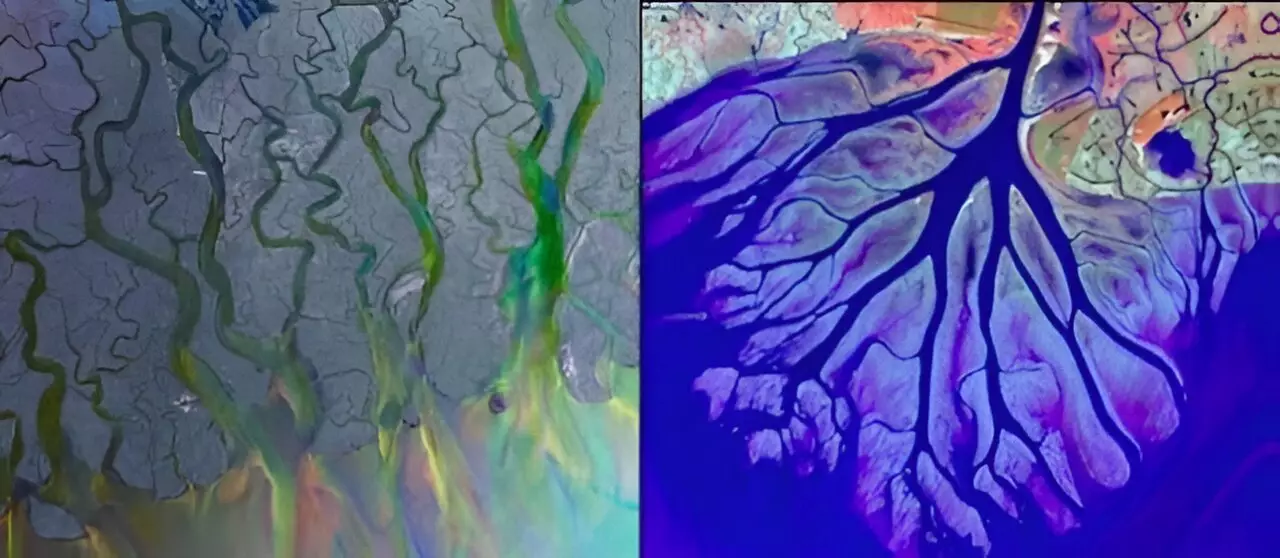Transport networks, such as river systems, play a crucial role in optimizing stability and resilience. These networks come in various forms, with tree-like structures being effective for transport, and networks containing loops being more damage-resistant. Understanding the conditions that favor the formation of loops in these networks is essential for improving our understanding of dynamic transport systems.
Researchers from the Faculty of Physics at the University of Warsaw and the University of Arkansas conducted a study to investigate the formation of loop structures in transport networks. Their findings, published in Physical Review Letters, shed light on the factors that lead to stable loop formations in networks. The research team focused on how flow fluctuations impact the development of loop structures, revealing that appropriately tuned fluctuations can encourage the formation of loops in networks.
The study highlighted the differences in network morphologies, using examples like the Wax Lake outflow in Louisiana and the Ganges-Brahmaputra River Delta in Bangladesh. While the Wax Lake system exhibits a treelike pattern, the Ganges-Brahmaputra Delta features a looplike topology with interconnected channels. These distinctions are driven by factors such as flow fluctuations, influenced by river discharge and tidal flows.
The collaboration between scientists from the University of Warsaw and the University of Arkansas revealed that stable loops in networks rely on a balance between geometric constraints and flow fluctuations. The research showed that fluctuations in the relative size of flow between nodes are crucial for the stability of loops. Additionally, the researchers found that loops are more resilient when fluctuations are appropriately sized in relation to the constant flow component.
Understanding the conditions that promote loop formation in evolving networks has broader implications beyond river systems. The study showed that changes in fluctuation patterns, whether due to human intervention or climate change, can lead to the appearance or disappearance of loops within transport networks. This insight emphasizes the dynamic nature of network formation and evolution.
The study on loop structures in transport networks provides valuable insights into the factors that influence network stability and resilience. By exploring the interplay between geometric constraints and flow fluctuations, researchers can better understand how loop structures form and evolve. This research not only contributes to the field of physics but also has implications for a wide range of transport networks beyond rivers, highlighting the importance of studying network dynamics in various systems.


Leave a Reply